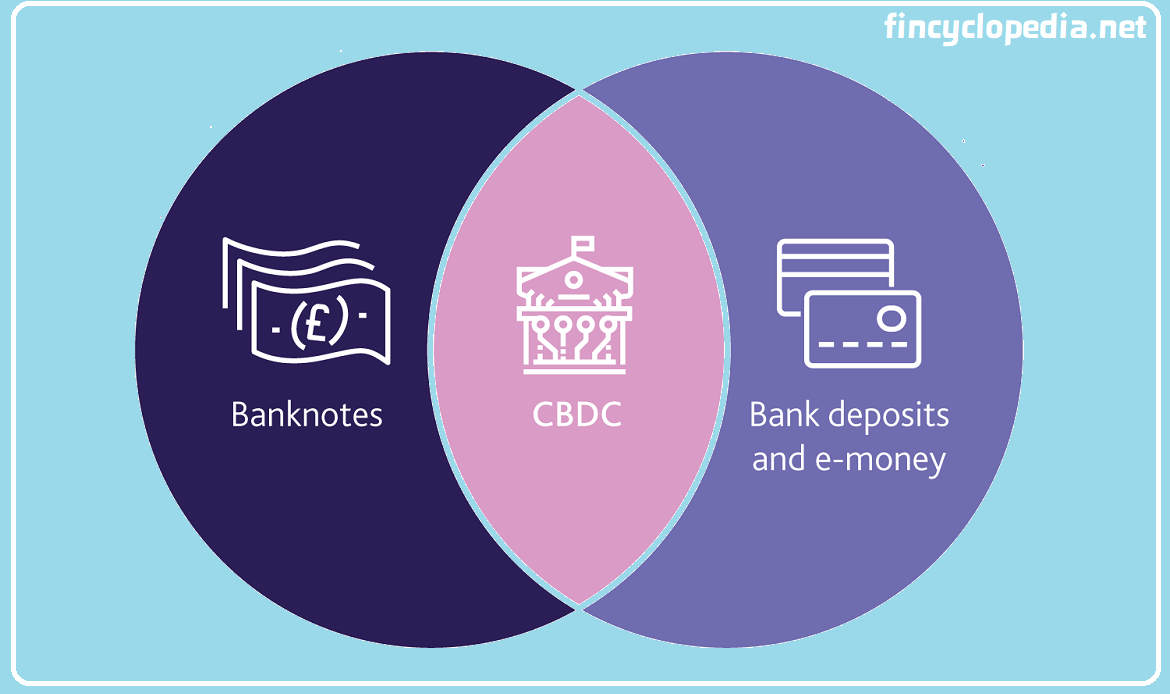A ratio that relates expected credit loss (ECL) to impairment provisions as a percentage of loans. The ratio captures the relationship between a bank’s on-balance sheet provisions for potential credit impairment losses and the volume of its non-performing loans (NPLs), expressed as a percentage. The ratio enables a bank to identify the volume of non-performing loans that is covered by the provisions it has created.
Banks with more concentration in portfolios secured on collateral (such as mortgages) may have a lower coverage ratio vis-à-vis banks with less collateralized portfolios or with more concentration in segments/ sectors more exposed to wider-scope sectoral or industrial risks.
Coverage ratio is amongst is a host of measures used by banks to determine their credit quality (other measures include: NPL ratio and cost of risk).






